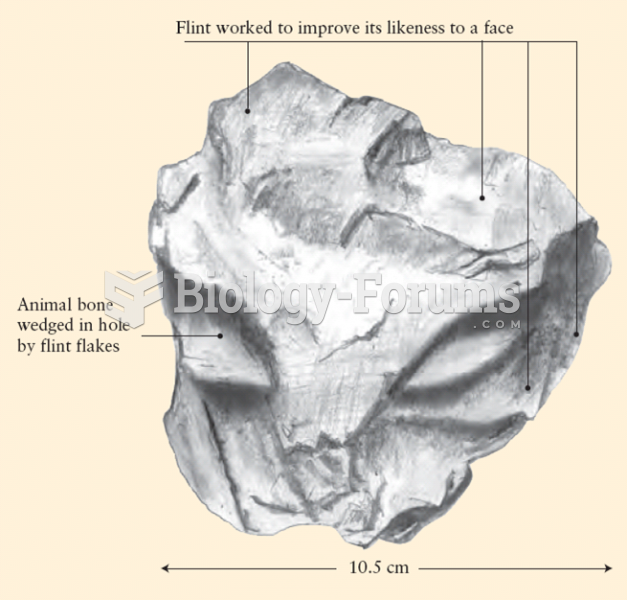Answer to Question 1
The outstanding architectural achievement of Golden Age Athens is the Parthenon. Built in glittering Pentelic marble upon the ruins of an earlier temple burned during the Persian Wars, and housing a colossal statue of Athena (which no longer exists), the Parthenon is a testament to the ancient Greek Classical style.
The ideal system of proportional design governed the architecture of the Parthenon. Most architectural historians agree that a module governed the entire project. It is likely that this module was both geometric and numerical, adhering to a specific ratio: the famous Golden Section. The system of proportion known as the Golden Section or Golden Ratio is expressed numerically by the ratio 1.618:1, or approximately 8:5. This ratio, which governs the proportions of the ground plan of the Parthenon and the relationship between its structural parts, represents an aesthetic ideal found in nature and in the human anatomy, both Classical style aesthetics.
Another outstanding feature of the Parthenon is the fact that there are virtually no straight lines in the entire building. Its Doric columns, for instance, swell near the center to counter the optical effect of thinning that occurs when the normal eye views an uninterrupted set of parallel lines. All columns tilt slightly inward. Corner columns are thicker than the others to compensate for the attenuating effect produced by the bright light of the sky against which the columns are viewed, and also to ensure their ability to bear the weight of the terminal segments of the superstructure. The top step of the platform on which the columns rest is not parallel to the ground, but rises four and a quarter inches at the center, allowing rainwater to run off the convex surface even as it corrects the optical impression of sagging along the extended length of the platform.
Answer to Question 2
D







